Most horrific murders in Melbourne’s south: Frankston serial killer, Eloise Worledge
A six-year-old girl’s shocking abduction and murder, a child snatched from a Beaumaris home and a Frankston serial killer’s brazen attacks. These are among the most tragic crimes that forever changed Melbourne’s southern suburbs.
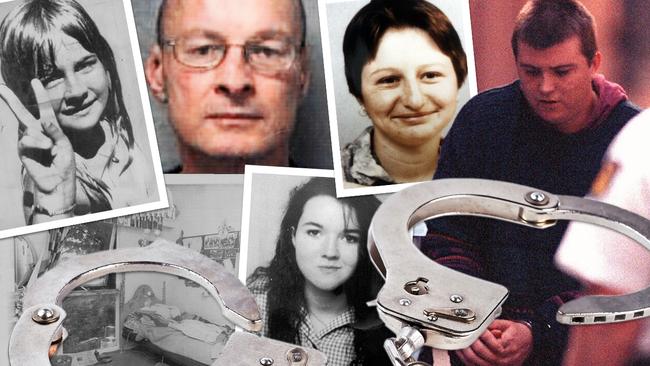
Inner South
Don't miss out on the headlines from Inner South . Followed categories will be added to My News.
Melbourne’s southern suburbs have been home to some horrific crimes — ones that have rocked the local community to its core.
Here are some of the most shocking killings and abductions to have left their lasting mark on our neighbourhood.
THE FRANKSTON SERIAL KILLER
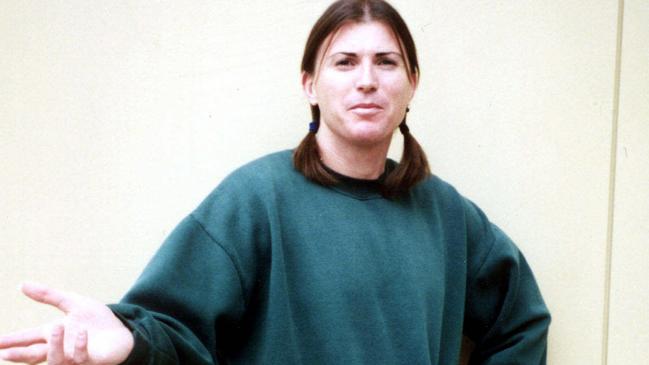
Sadistic serial killer Paul Charles Denyer struck terror into people in the Frankston area as he preyed on young women during a seven-week killing spree in 1993.
Denyer stalked and murdered three victims before he was caught, and another woman was lucky to escape his clutches after being attacked in a Seaford reserve.
His first victim was TAFE student Elizabeth Steven, 18, who was attacked after getting off a bus on June 11.
Her body was found the next morning in Lloyd Park Reserve with stab and slash wounds. She had also been strangled.
A month later young mother Debra Fream was abducted in her car when she popped out for some milk.
Her 12-day-old baby was at home with her partner, who raised the alarm when she didn’t return an hour later.
Ms Fream’s body was later found on July 12 with similar injuries to that of Ms Stevens.
Just weeks later, on July 30, high school student Natalie Russell, 17, was walking home from John Paul College when Denyer pounced, attacking her as she walked along a bicycle track through a nearby park.

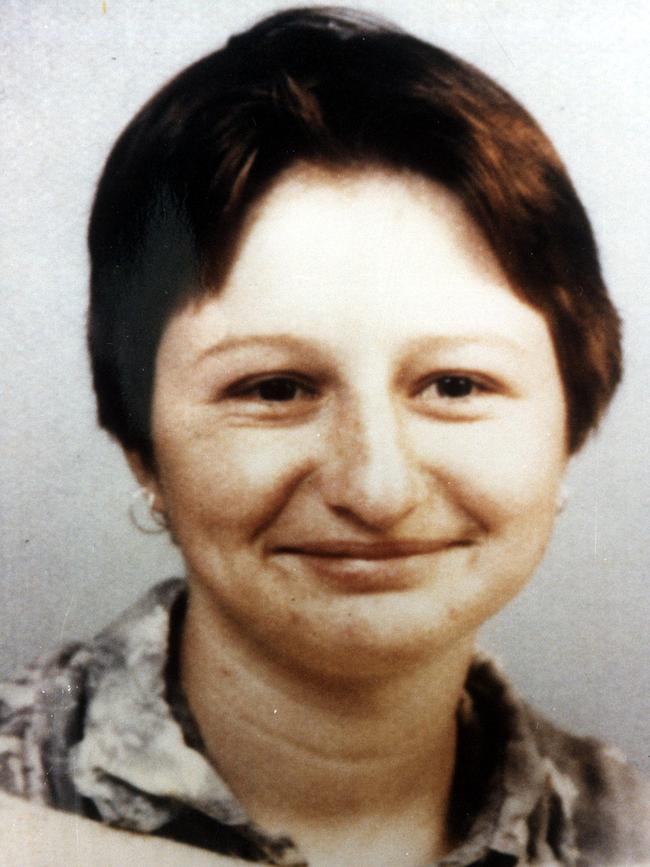
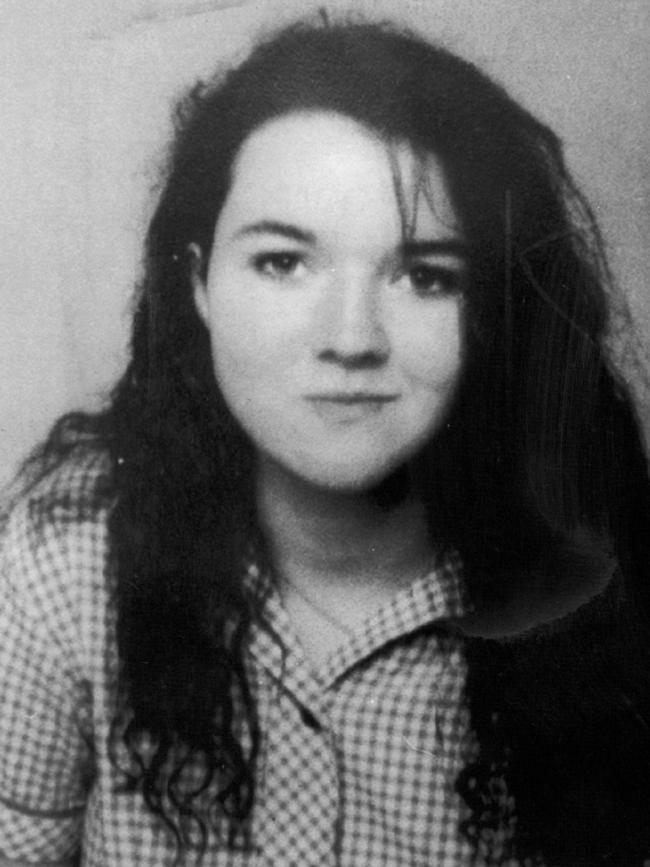
Police tracked Denyer down after a yellow car was reported near the scene of Natalie’s murder. He later confessed to the murders and to stalking women in the area “for years”.
A horror movie fan, Denyer got the idea of slashing throats from a film because it “looked effective”.
According to a psychologist, a remorseless Denyer received “intense gratification and stimulation from demeaning, mutilating and killing” other people.
When sentencing Denyer to life with no minimum term, Supreme Court judge Justice Frank Vincent said to him: “the apprehension you have caused to thousands of women in the community will be felt for a very long time”.
“For many, you are the fear that quickens their steps as they walk home or causes a parent to look anxiously at the clock when a child is late,” he said.
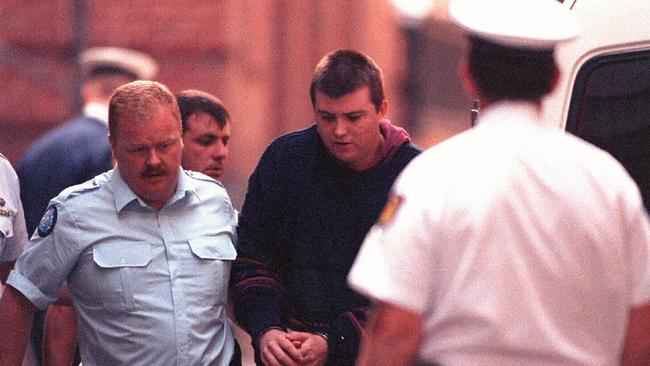
The full court later overturned Justice Vincent’s sentence, instead imposing a 30-year minimum term on Denyer.
The confessed woman hater now demands to be called ‘Paula’ and insists on wearing make-up and women’s clothes while behind bars.
THE LITTLE-KNOWN MASS MURDERER
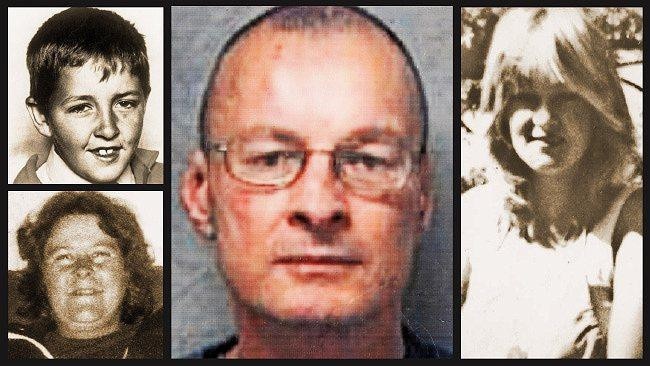
The man who was destined to become the state’s worst mass killer committed arguably the worst of his seven murders in July 1979, in a leafy pocket of Ripponlea.
Paul Steven Haigh is one of our worst yet little-known mass murderers.
While sitting in a car, a young Haigh shot a woman named Sheryle Gardner at close range in front of her 10-year-old son, Danny Mitchell.
Haigh shot Ms Gardner because she knew too much about crimes he’d previously committed.
According to Haigh, he feared Ms Gardner would “tell a story to the police” so he shot her to “shut her loosened troublemaking mouth”.
Haigh then consoled young Danny, before turning the gun on the boy to eradicate him as a witness.
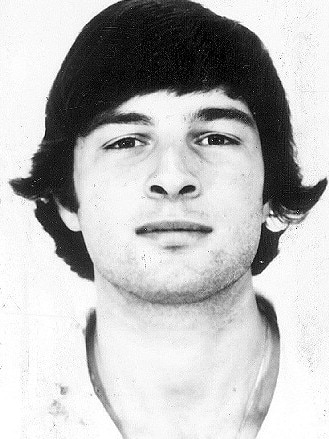
He would later write about the killing: “I shot him three times in the back of the head and after this I turned the gun on his mother again, just to make sure she was dead”.
The shocking murders followed Haigh’s brutal killing of two people in separate robberies in Prahran in 1978, just days apart.
Haigh blamed Tattslotto agency worker Evelyn Abrahams for her own murder, claiming it was her fault for resisting.
And pizza shop owner Bruno Cingolani was also shot dead as he tried to protect his takings.
A month before the cold-blooded murder of Gardner and her son, Haigh had killed an associate, Wayne Keith Smith, whom he feared would turn on him.
After police interviewed Haigh about Smith’s murder and released him, he decided to also silence his 19-year-old girlfriend of three weeks Lisa Brearley.
But first he allowed another man to rape her so his DNA would muddy the crime scene evidence and ensure his silence.
Ms Brearley was stabbed 157 times, with Haigh later writing: “I only intended to do 20 but I lost count”.
In prison Haigh killed fellow inmate Donald Hatherley, whom he claimed had expressed a wish to die.
ELOISE WORLEDGE ABDUCTION
When her dad checked in on little Eloise Worledge at 11.30pm on a warm January night in 1976 she was sleeping soundly.
But what happened to the eight-year-old that night is every parent’s worst nightmare.
Sometime after her dad Lindsday looked in on her and 7.30am the next morning, Eloise was snatched from her bed.
Her abduction sent shivers down the spines of parents across the state and from that moment, many families in the sleepy Bayside suburb of Beaumaris started to lock their doors.
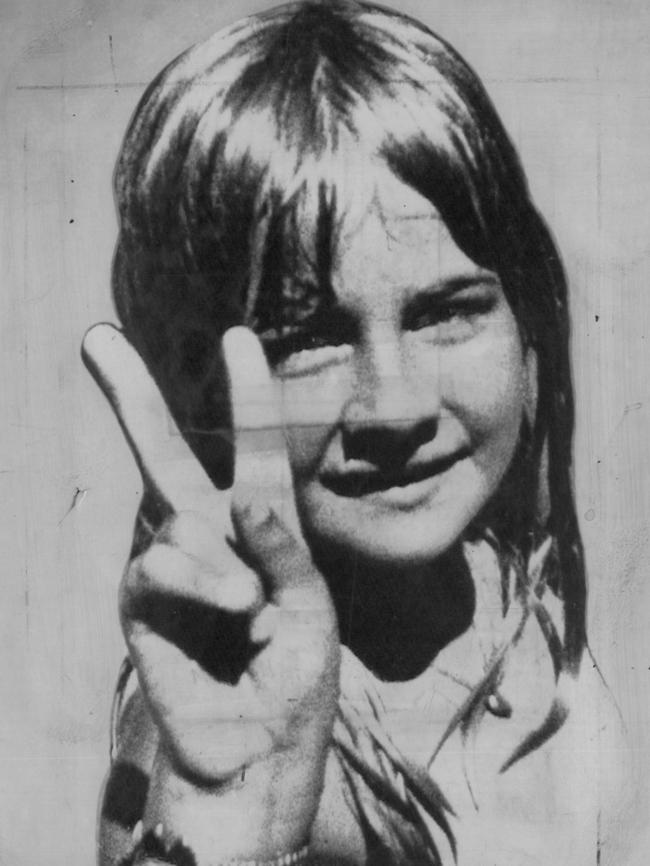
The flywire screen had been cut, but police believed Eloise was lured away because the hole was too small for an adult to climb through without waking the household.
A neighbour reported hearing a car speeding down their street about 2am but an intense search yielded little information.
Police cars patrolled Beaumaris streets, using bullhorns to call for witnesses to come forward.
Officers visited more than 5000 houses and prepared 1700 files of evidence, but it was all for naught.
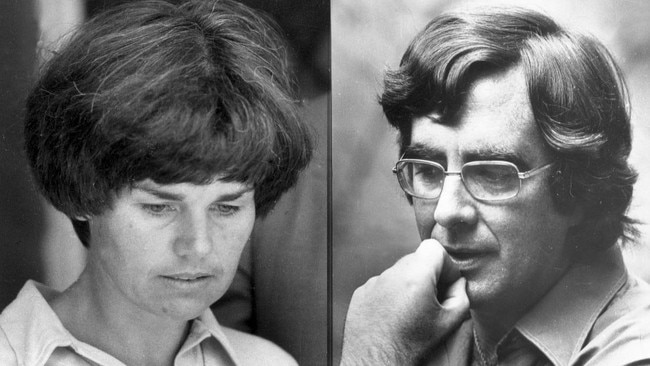
No-one has ever been charged with Eloise’s abduction and her body has never been found.
It was no secret that Mr Worledge was considered a suspect in his daughter’s disappearance from very early in the investigation.
Mr Worledge and his wife Patsy were in the process of separating when their middle child was taken.
At an inquest years later, Mrs Worledge told detectives that she had believed her husband was involved from the moment Eloise vanished.
But Mr Worledge denied it and even took a lie-detector test to try and prove his innocence — the results were inconclusive.
A 2003 coroner’s inquest failed to name any suspects.
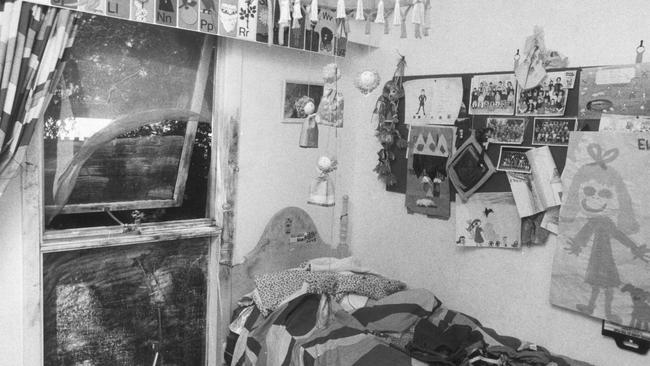
Police told the inquest the flywire had probably been cut from the inside and was likely done to divert suspicion from someone who had access to the Scott St house.
But they said there was no evidence either parent had been involved.
Mr Worledge died in February 2017, with police no closer to knowing what happened to his daughter.
MEN IN BLUE MURDERED
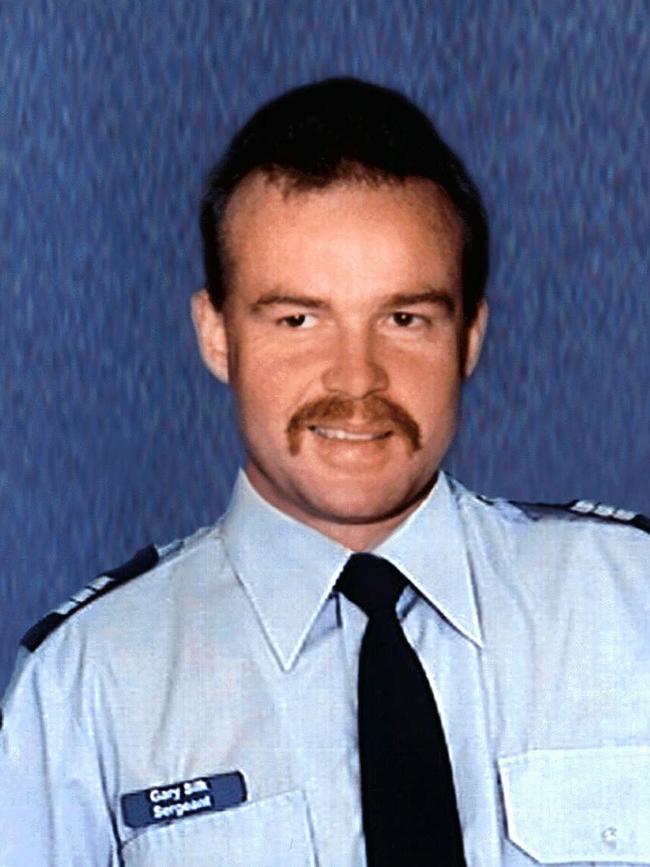
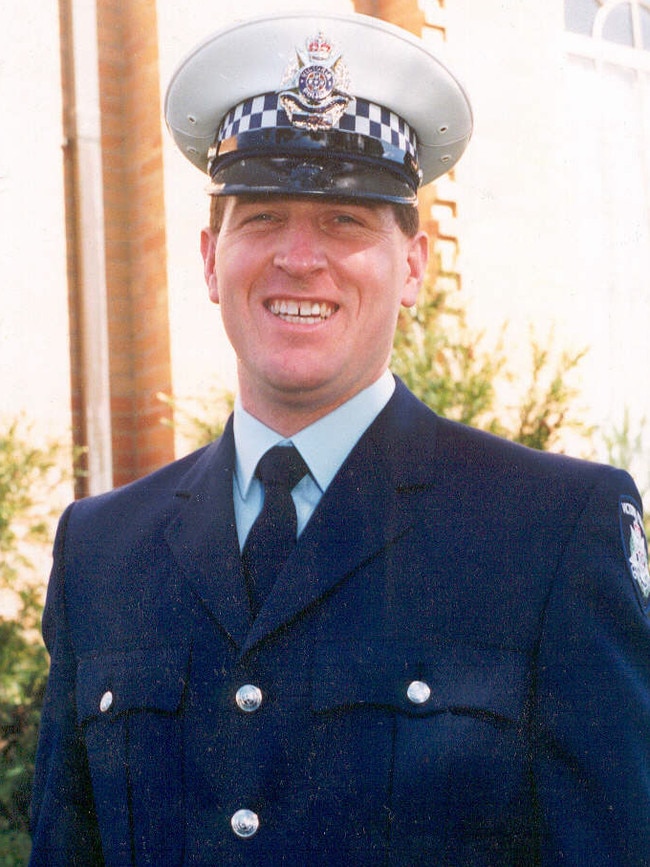
The ice-cold murders of policemen Sergeant Gary Silk and Senior Constable Rod Miller in Moorabbin rocked Victoria Police, shocked the community and brought back chilling memories of the execution of two police constables in Walsh St, South Yarra a decade earlier.
Sgt Silk and Sen-Constable Miller were working a stake-out operation on the night of August 16, 1998, in an effort to nab two bandits who had robbed a string of restaurants in Melbourne’s south east.
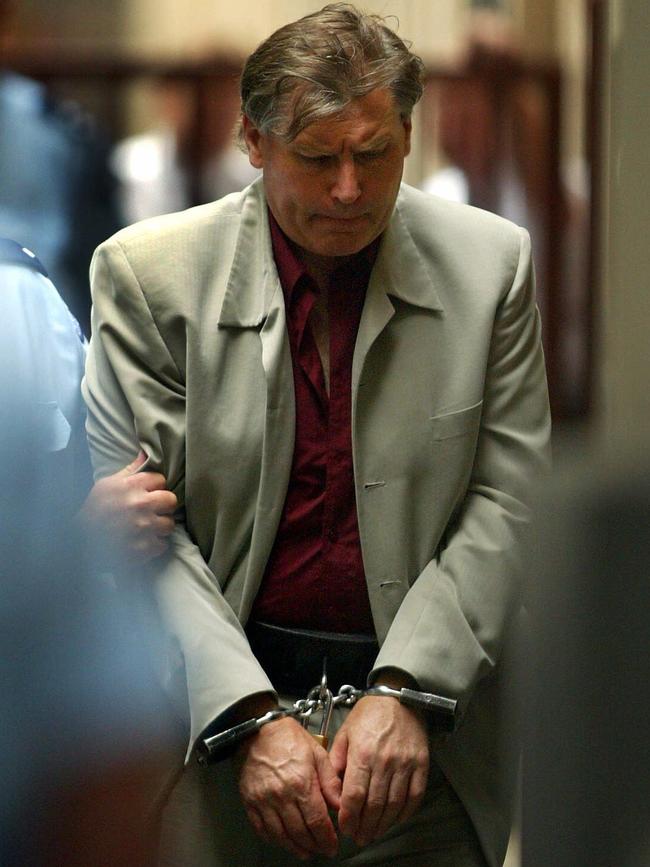
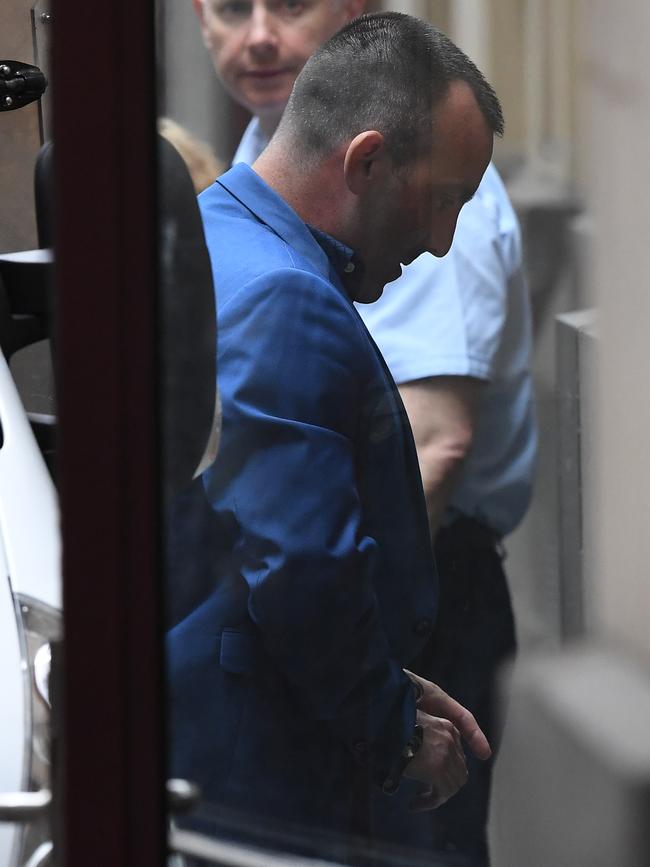
Bandali Michael Debs, with a younger accomplice in tow, shot and killed the officers after being pulled over for a routine car check in Cochranes Rd.
A two-year investigation brought Debs to justice, along with his young accomplice Jason Roberts.
Debs and Roberts committed 10 armed robberies in a five-month period between March and July 1998.
Both men were convicted of the Silk-Miller murders and were jailed for life in 2003.
But Roberts has always maintained his innocence and is awaiting a decision on his latest petition of mercy in which he claims he wasn’t there the night the policemen were murdered.
At the time of the killings, then Police Commissioner Neil Comrie said their deaths”are a shocking and outrageous attack on law and order in this state”.
TYNONG NORTH KILLINGS
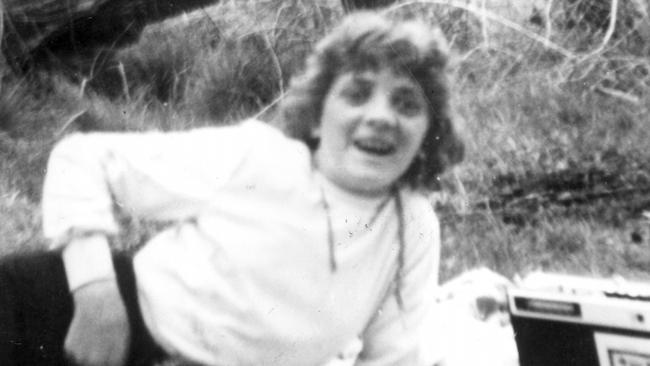
Six women were murdered during a string of killings in the Tynong North area in the 1980s.
Forty years later, the killer — or killers — have not been found.
The women, aged between 14 and 73 years old, were all on foot when they were snatched and killed between May 1980 and November 1981, with most intending to take public transport.
Their bodies were found hidden in scrubland at Frankston and at Tynong North. Their personal items had been taken in an attempt to hide their identities.
The first body belonged to 59-year-old Allison Rooke, who was last seen leaving her home in Hannah St, Frankston North on May 30 to catch a bus to the shops.
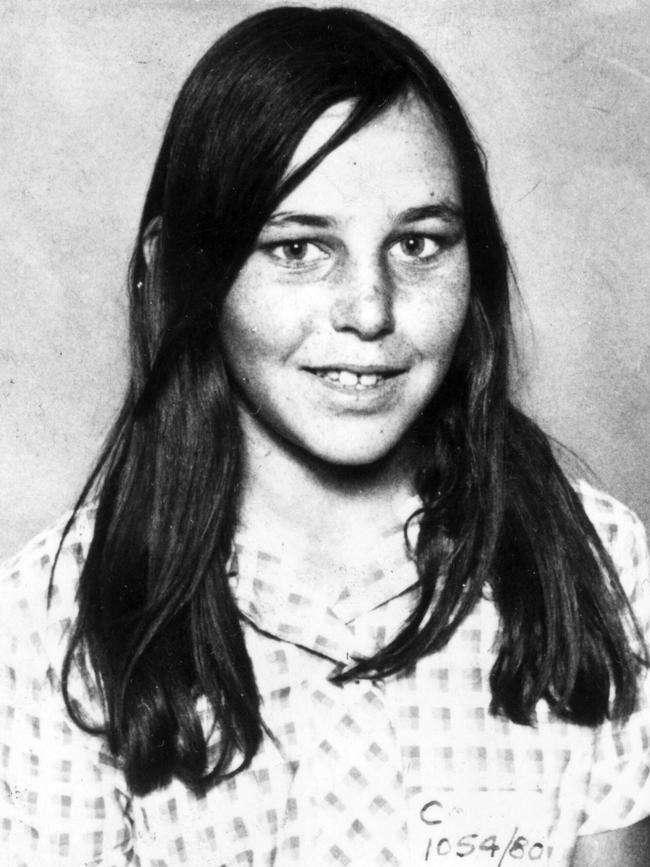
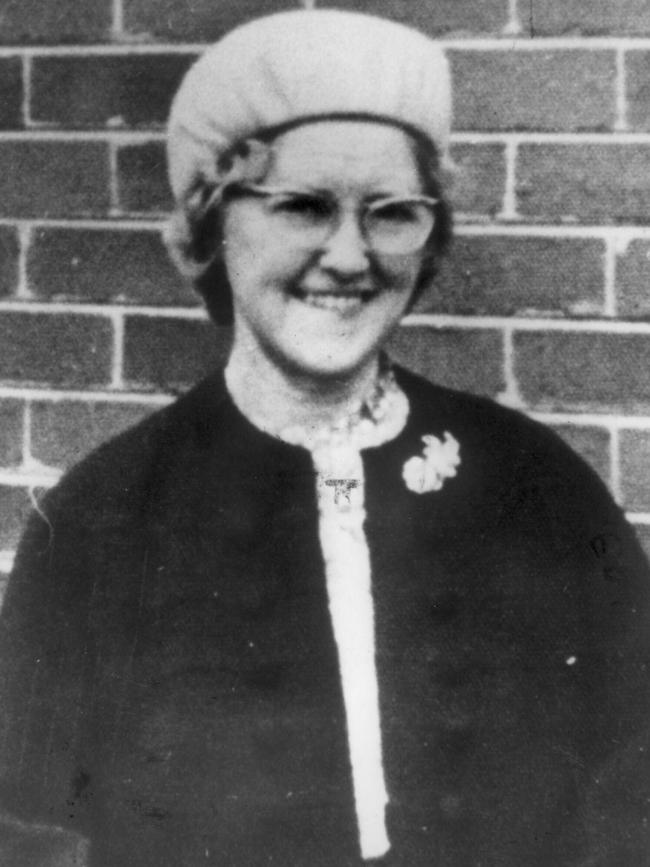
Teenage girls Catherine Headland, 14, and Ann-Marie Sargent, 18, were found dumped near a quarry off Brew Rd in Tynong North in December 1980, along with the body of 73-year-old Bertha Miller.
The women had each disappeared months earlier.
Ms Headland, who lived in Berwick, was last seen on August 28 after leaving her boyfriend’s home on High St and setting out for Fountain Gate Shopping Centre by bus.
Ms Sargent was last seen at her mum’s home in Cranbourne Dr, Cranbourne, about 9.30am on October 6.
She was also due to catch a bus and was heading toward a Dandenong employment office, then on to Clyde Post Office.
Ms Miller, from Glen Iris, was last seen leaving her home on August 10 and was intending on catching a tram from Malvern Rd and High St to the Wesleyan Methodist Church in Prahran.
The body of Joy Summers, 55, was found in scrubland near Skye Rd, Frankston North, on November 22, 1981.

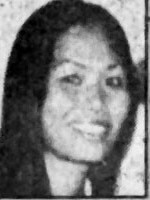
She had last been seen at a bus stop at Chile St and Frankston-Dandenong Rd, Frankston, about 1pm on October 8.
The remains of 34-year-old Narumol Stephenson were found under a bush alongside the Princes Freeway at Tynong North in 1983 — more than two-and-a-half years after she was last seen outside a friend’s house in Brunswick.
Over the years, investigators have spoken to more than 2000 people in relation to the murders and a number of persons of interest were identified.
In 2017, police announced a $6 million reward for information leading to the arrest of the killer or killers. It is the largest amount ever offered in Victoria.
Anyone with information is urged to contact Crime Stoppers on 1800 333 000.
JUSTICE FOR LITTLE LINDA
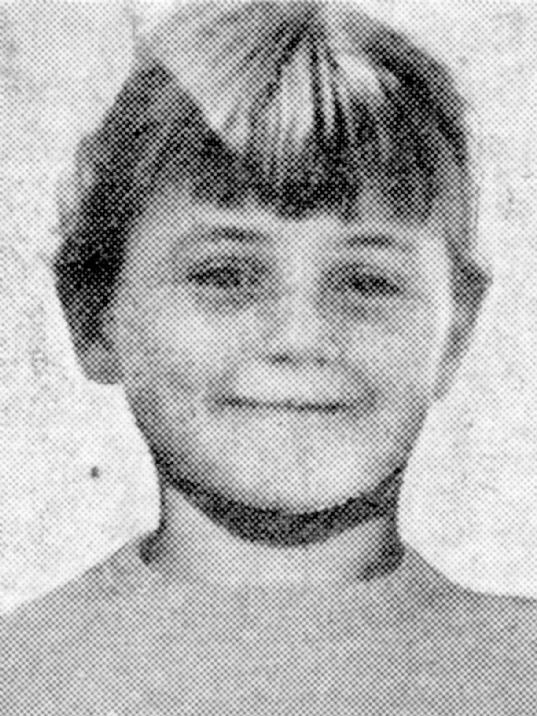

A plaque marks the spot on the St Kilda foreshore where Linda Stilwell disappeared more than 50 years ago.
The little girl was last seen near Luna Park about 5pm on August 10, 1968, but she returned to her Middle Park home.
Linda, 7, had been playing with her siblings and some other children on the foreshore near the St Kilda Pier and Luna Park when she was snatched — a week before her eighth birthday.
Her body has never been found but in 2014, a Victorian coroner found Linda had been abducted and murdered by infamous child killer Derek Percy.
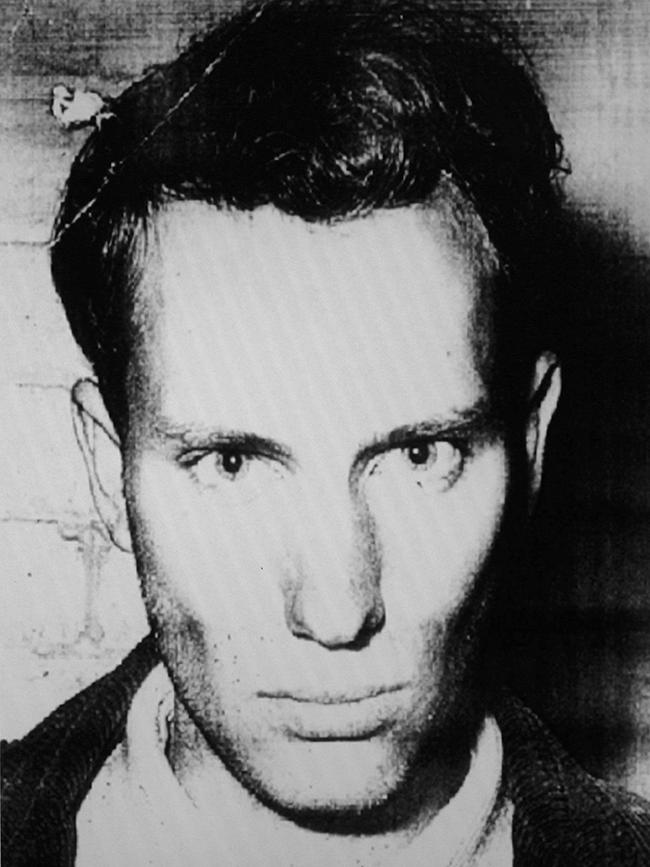
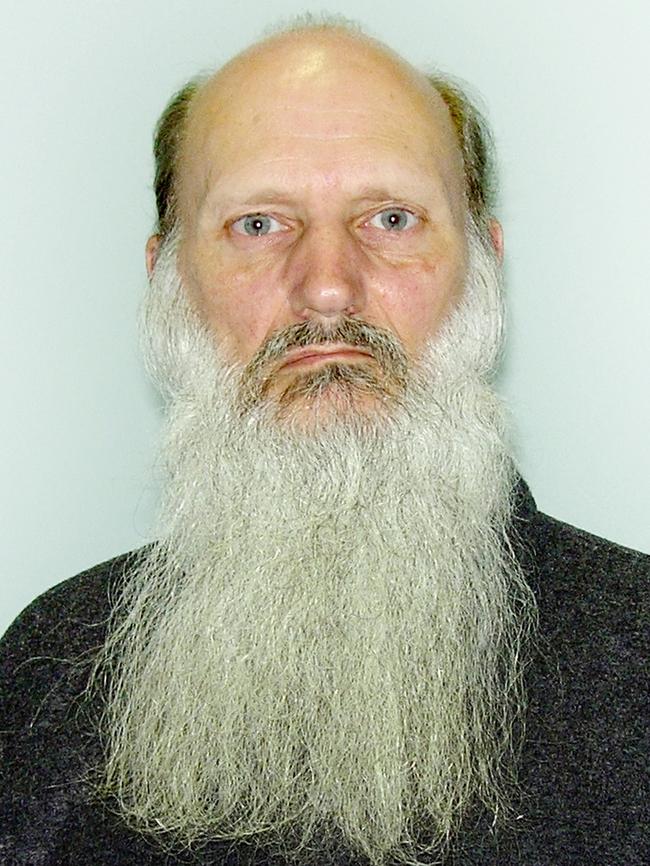
Deputy State Coroner Iain West found Percy was in the St Kilda area on the day the young girl disappeared but conceded the evidence implicating the depraved criminal was “circumstantial”.
“It is highly unlikely that another child molester was in the vicinity when Linda disappeared,” he said.
Percy admitted to abducting and killing 12-year-old Yvonne Tuohy less than a year after Linda’s disappearance but was found not guilty on the grounds of insanity and ordered to be detained indefinitely.
He was also a suspect in seven other child murders, including the Beaumont children who went missing from an Adelaide beach in 1966.
Percy, who was detained from 1969 until his death in 2013, became Victoria’s longest serving prisoner not convicted of a crime.
He died of natural causes at the age of 64, without ever admitting he murdered Linda or revealing where he disposed of her body.
THE GIRL WITH THE PINK BIKE
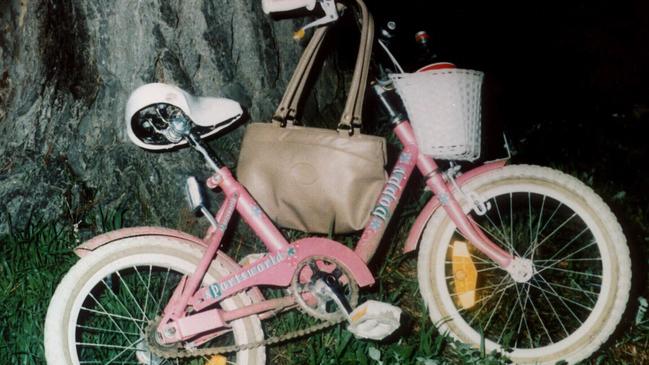
The abduction, rape and murder of a six-year-old girl rocked the close-knit town of Rosebud in 1991.
Freckle-faced Sheree Beasley cut a picture of innocence as she rode her pink bike along the street on June 29 on her way to the local milk bar.
But paedophile Robert Arthur Selby Lowe was watching, waiting to pounce on the vulnerable child.
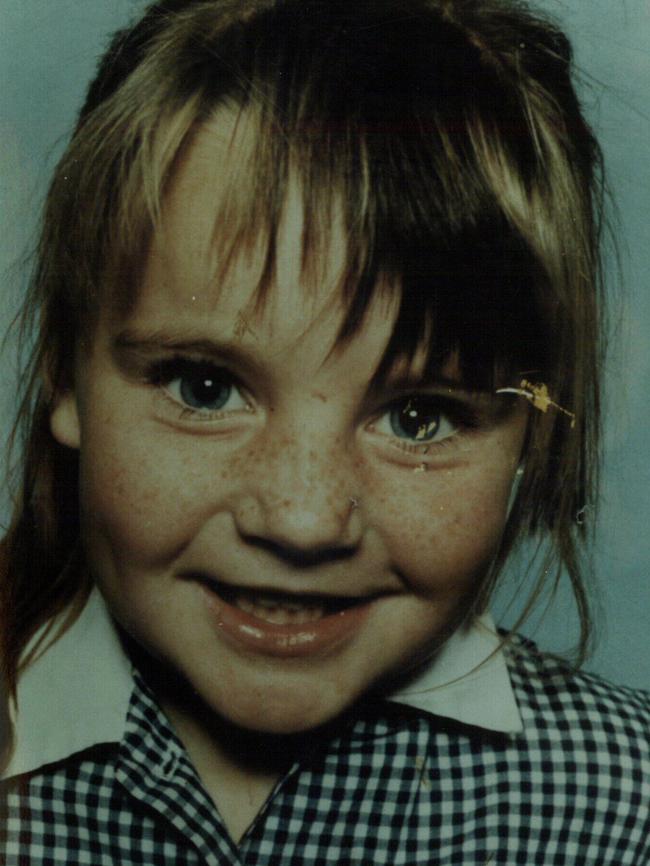
Lowe, a salesman, junior cricket coach and avid church goer, drove up to Sheree, snatched her off her bike and bundled her into his vehicle.
He sexually assault his little victim, choked her to death, then stuffed her lifeless body into a concrete drain on Mornington-Flinders Rd in Redhill.
He later dumped her pink bike helmet in a bin near his home.
Sheree’s decomposed body was found nearly four months after her disappearance.
Her abduction marked a change of the times — kids could no longer play on their own on the streets and residents had to start locking their doors.
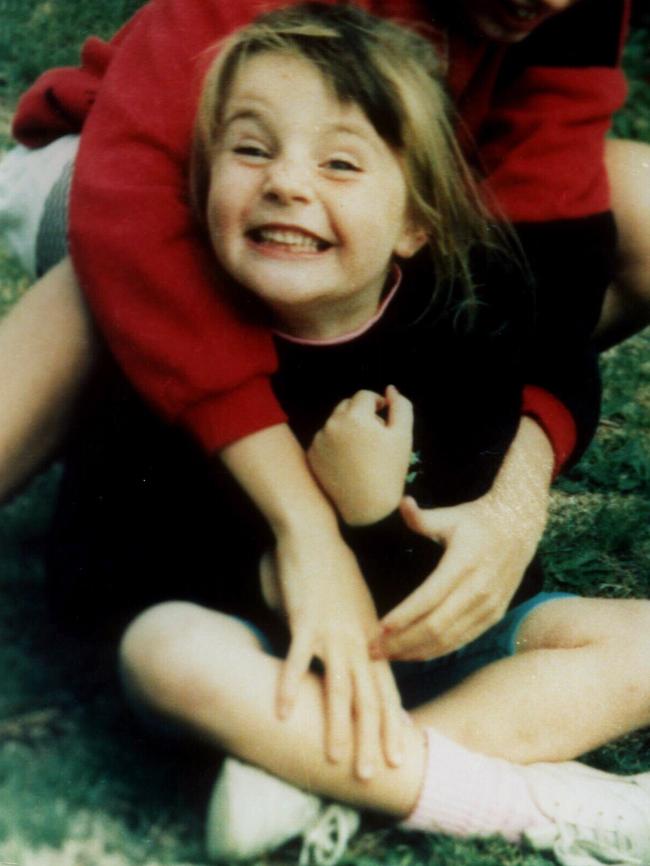
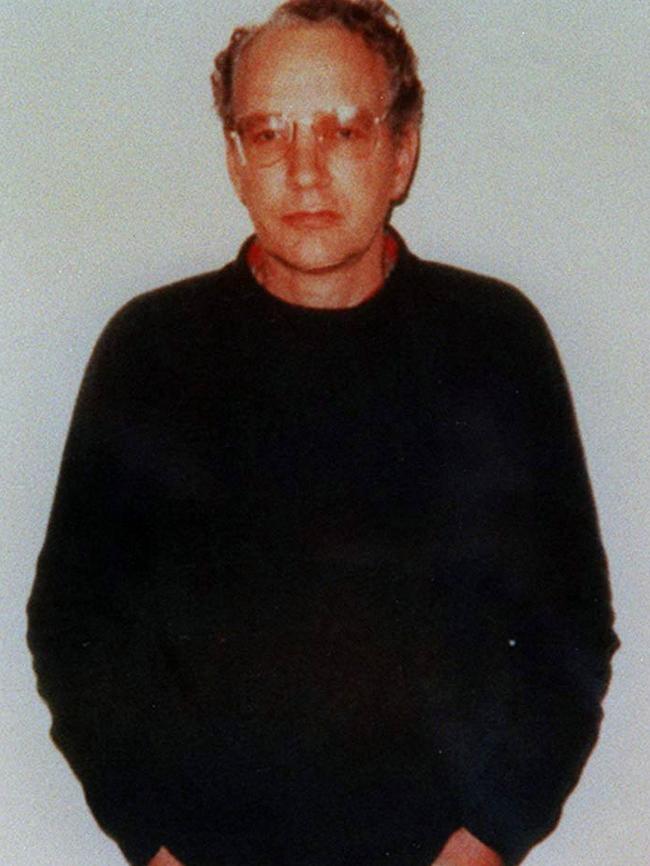
Witnesses described seeing Sheree crying in the back of a blue Toyota and an exhaustive check of all vehicles matching that description led police to Lowe.
He became the prime suspect after he lied about his whereabouts the day the little girl disappeared and child pornography and newspaper cuttings about the case were found throughout his home.
But without hard evidence linking Lowe to Sheree’s murder police had no choice but to bide their time.
He was placed under surveillance for two years and his counselling sessions were recorded. Lowe eventually penned a murder confession, which was found in his pocket when he was arrested for shoplifting.
When sentencing Lowe to life in prison with no chance of parole, Justice Philip Cummins said: “what you did was every child’s fear and every parent’s nightmare … you wove a tangled web around yourself which eventually captured you”.
A LITTLE BOY TAKEN TOO SOON
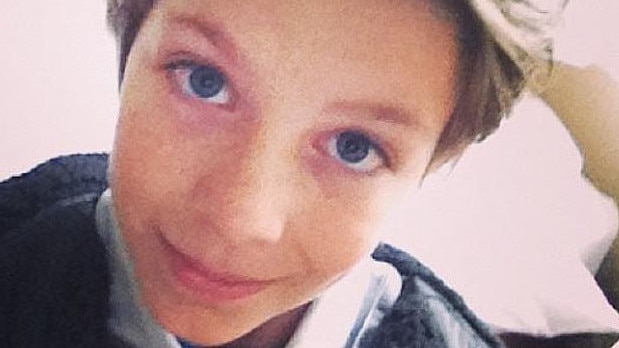
The lives of children and parents gathered for training sessions at Tyabb Cricket Ground in 2014 were forever changed when they witnessed one of the state’s most shocking events.
Luke Batty was stabbed then bludgeoned to death with a cricket bat in front of onlookers by the man he trusted most in the world — his father, Greg Anderson.
The 11-year-old died at the scene, despite paramedics attempting to treat him for massive head injuries.
Police were called to the scene after reports of a child being beaten and shot 54-year-old Anderson once in the chest.
He died in hospital from the gunshot wound.

Speaking to the media shortly after the death of her son, Rosie Batty said Luke had been killed at a place where she believed he would be safe.
“I’m in shock and disbelief. I’m the victim of family violence and if anything comes out of this, I want it to be a lesson to everybody,” she said.
“I don’t think anyone really understands what someone is able to do.”
At a 2015 inquest, Coroner Ian Gray said Luke’s death had been preceded by years of family violence.
“Luke was exposed to emotional harm, conduct engendering fear and anxiety, and he witnessed physical harm inflicted by Mr Anderson against his mother Ms Batty,” he said.
Mr Gray’s investigation identified “a number of gaps or flaws” in the family violence system in Victoria including the failure to engage the boy’s father in the family violence system and make him accountable for his actions.
But he said “none of the actions of the organisations or persons whose conduct has been analysed either singularly or in combination caused or directly contributed to Luke’s death,” he said.
Since Luke’s death Ms Batty has campaigned to improve services for family violence victims and there have been sweeping changes to the way courts deal with family violence matters, as well as a royal commission into the issue.
THE MORNINGTON MONSTER
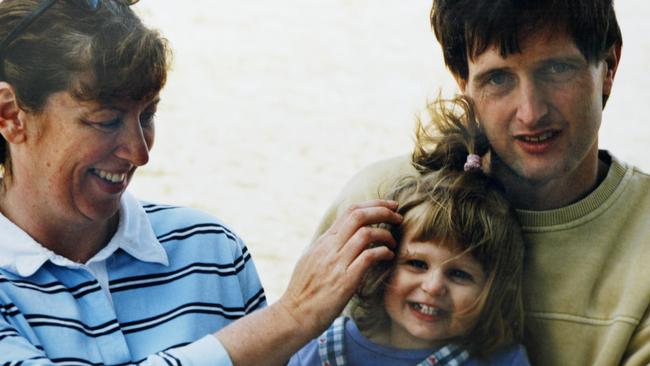
John Sharpe shot two spears into the head of his pregnant wife, Anna Kemp, as she slept in their Mornington home.
He covered her body with towels so he wouldn’t have to look at her and went to sleep on a fold-out sofa downstairs.
The couple’s 20-month-old daughter, Gracie, was asleep in another room.
Four days after he murdered Anna on March 23, 2004, Sharpe downed several glasses of whisky and Coke then turned the speargun on Gracie, killing her to help perpetuate his story his wife had left him for another man and later telling police: “the child belongs with the mother”.
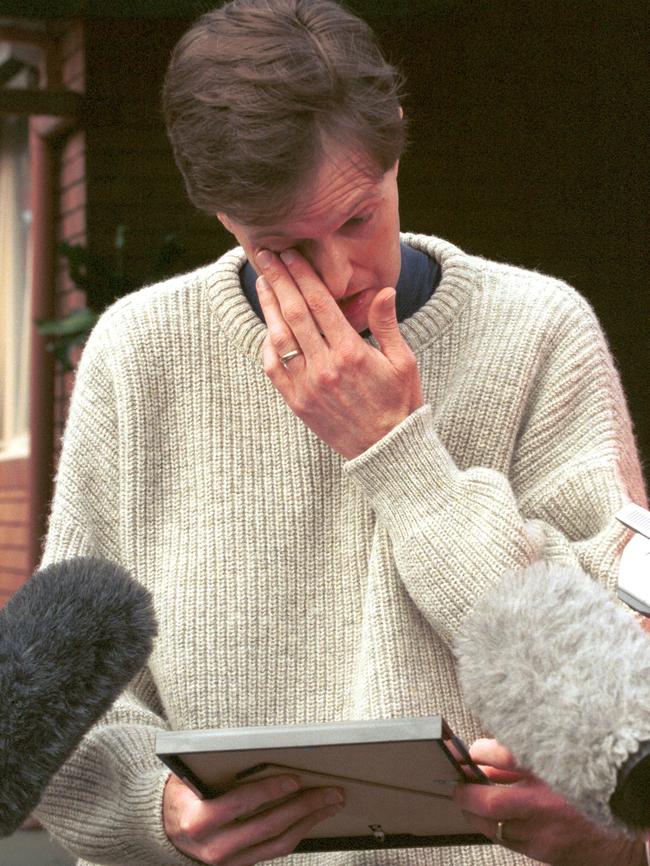
Sharpe exhumed Anna’s body from the shallow grave he had dug in the backyard, dismembered it with a chainsaw, then dumped her and Gracie at a local tip.
A tearful Sharpe later faced the media over his wife’s disappearance, maintaining his story that Anna had left and taken Gracie with her.
During a three-month charade, Sharpe sent his mother-in-law flowers for her birthday purporting to be from Anna, wrote letter’s to his slain wife’s friends, withdrew money from her account and made calls from her mobile phone in an effort to fool people into thinking she was still alive.

On Tuesday, June 22, police swooped, arresting Sharpe at his parents’ home.
He was grilled for 11 hours and confessed to the murders of his wife and child.
Sharpe’s vicious crimes earned him the nickname of Mornington Monster and he was sentenced to two life sentences with a minimum of 33 years.
During sentencing, Supreme Court Justice Bernard Bongiorno said: “Gracie was a defenceless child for whom you had a legal and, more importantly, a moral responsibility and whatever your motive for killing Anna might have been, in Gracie’s case it was simply so that your first crime would not be discovered”.
